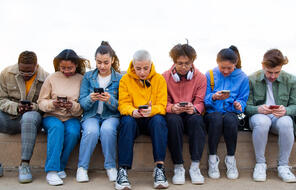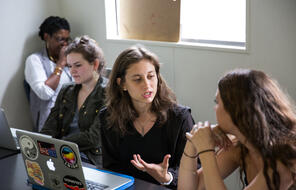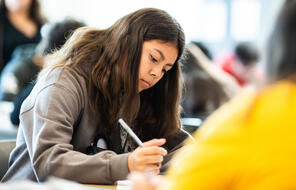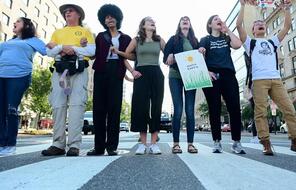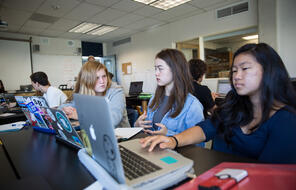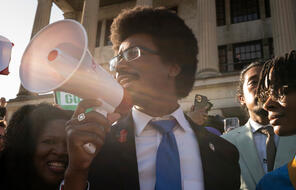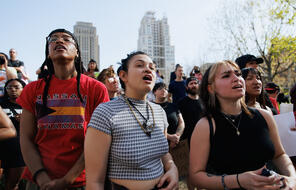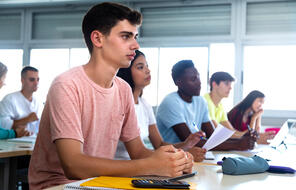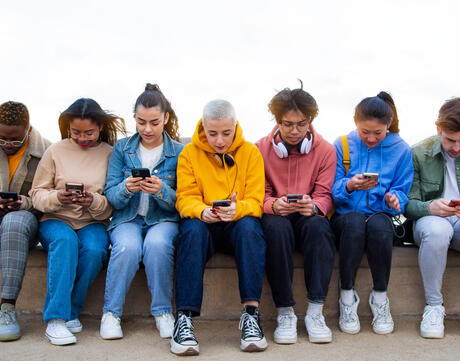
Creating Healthy News Habits
At a Glance
Language
English — USSubject
- Advisory
- English & Language Arts
- Social Studies
Grade
6–12- Human & Civil Rights
- Propaganda
Overview
About This Mini-Lesson
Learning about current events helps students understand the world around them, make choices about their lives, and participate in democracy. However, the news is often overwhelming and frequent news consumption can exacerbate mental health concerns.
The first activity in this mini-lesson helps students take stock of their news habits and consider healthy ways to learn about current events. The second activity guides students to research a contemporary issue they care about and determine one action they can take related to this issue. Each activity can be used on its own or taught in any combination best suited to your students.
Activities
Creating Healthy News Habits Activities
Materials and Downloads
Resources from Other Organizations
Additional Resources
Unlimited Access to Learning. More Added Every Month.
Facing History & Ourselves is designed for educators who want to help students explore identity, think critically, grow emotionally, act ethically, and participate in civic life. It’s hard work, so we’ve developed some go-to professional learning opportunities to help you along the way.
Exploring ELA Text Selection with Julia Torres
On-Demand

Working for Justice, Equity and Civic Agency in Our Schools: A Conversation with Clint Smith
On-Demand

Centering Student Voices to Build Community and Agency
On-Demand


